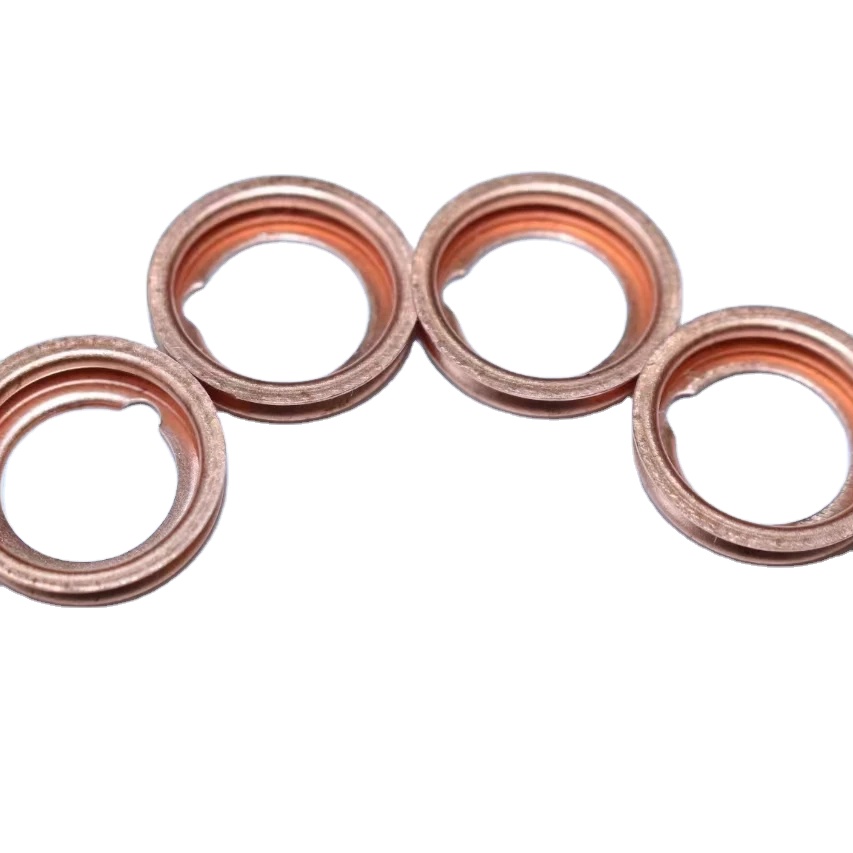Oil Seal Standards - Comprehensive Guide for Quality and Compliance
Understanding Oil Seal Standards A Comprehensive Overview
Oil seals play a crucial role in maintaining the efficiency and longevity of mechanical components. These seals prevent the escape of lubricants and the ingress of dirt and contaminants, ensuring the smooth operation of machinery. To ensure their performance and reliability, oil seals must adhere to established standards. This article delves into the importance of oil seal standards, outlining the specifications, materials, and testing procedures that define quality in the industry.
Importance of Oil Seal Standards
Oil seal standards are essential for several reasons. Firstly, they ensure compatibility between different machinery and components. When manufacturers adhere to recognized standards, it facilitates the interchangeability of parts, reducing downtime during repairs or replacements. Additionally, standards help to establish a baseline for quality and performance. By ensuring that oil seals meet specific criteria, manufacturers can instill confidence in their products, leading to enhanced customer satisfaction and trust.
Key Specifications
Oil seal standards typically encompass various specifications, including dimensions, material properties, and performance metrics. The most recognized standards bodies, such as the American National Standards Institute (ANSI) and the International Organization for Standardization (ISO), provide guidelines on these parameters.
1. Dimensions Oil seals must be manufactured to precise measurements, ensuring a snug fit to prevent leaks. Standard sizes may vary depending on the application, but adherence to dimensional standards guarantees compatibility.
oil seal standard

2. Materials The selection of materials is critical for the longevity and performance of oil seals. Common materials include rubber compounds, thermoplastics, and metals, each chosen for their resistance to wear, temperature variations, and chemical exposure. Industry standards dictate the acceptable material specifications to ensure optimal performance.
3. Performance Metrics Standards also outline performance metrics such as pressure ratings, temperature resistance, and speed capabilities. These parameters are vital for ensuring that oil seals can perform effectively under the conditions they will encounter in operation.
Testing Procedures
To validate compliance with oil seal standards, rigorous testing procedures are employed. This includes dynamic and static testing to assess sealing capability under various conditions. Tests for wear resistance, temperature stability, and chemical compatibility are conducted to ensure that the seals can perform effectively in their intended environments.
Conclusion
In conclusion, the significance of oil seal standards cannot be overstated. They not only ensure compatibility and performance but also foster trust between manufacturers and consumers. By adhering to established specifications, the industry can maintain high quality, reduce failures, and ultimately ensure the efficiency of machinery. As technology advances and new materials are developed, staying updated with the latest standards will be vital for continued success in this essential component of mechanical design.
-
Understanding Polaris Front Differentials: Key Components for Off-Road Performance
News Jun.20,2025
-
Understanding Crankshaft Seals and Gaskets: Essential Components for Engine Longevity
News Jun.20,2025
-
Understanding Crankshaft Oil Seals: Vital Protection for Engine Performance
News Jun.20,2025
-
The Vital Role of Front and Rear Crankshaft Seals in Engine Protection
News Jun.20,2025
-
Rear Crankshaft Seals: Protecting Your Engine from the Back End
News Jun.20,2025
-
Crank Oil Seals: What They Do, How They Fail, and What They Cost
News Jun.20,2025
-
Understanding Oil Crush Washers: A Small Component with a Big Role in Vehicle Maintenance
News Jun.19,2025
Products categories















